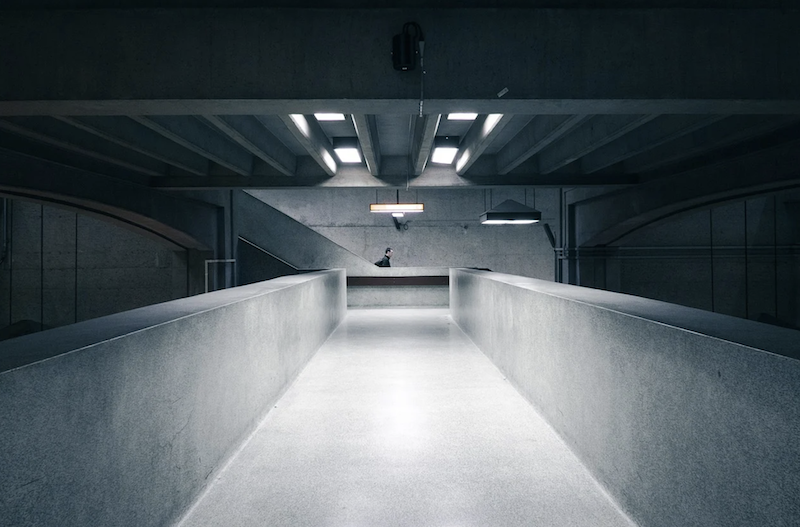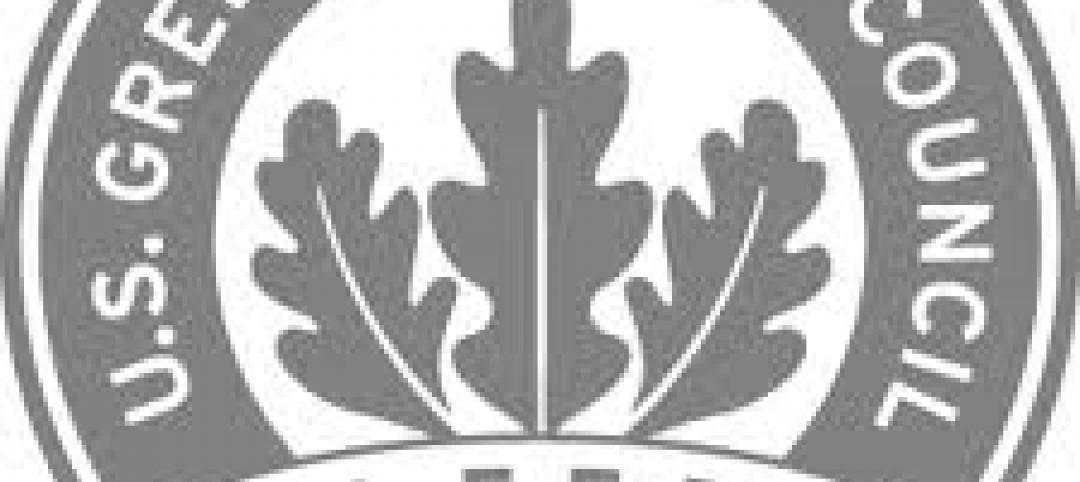The American Concrete Institute and the Post-Tensioning Institute expanded their partnership to increase efficiency for design of structural post-tensioned concrete structures.
The partnership formalizes efforts through the new joint ACI-PTI Committee 320, Post-Tensioned Structural Concrete Code. The committee will develop and maintain structural concrete code requirements unique to the design of post-tensioned concrete and complementary to ACI 318, “Building Code Requirements for Structural Concrete.”
“Post-tensioning as an application used in concrete design and construction allows for benefits such as design flexibility, materials reduction, and efficient constructability,” said Tony Johnson, executive director of the Post-Tensioning Institute. “The establishment of joint ACI-PTI Committee 320 will not only help expedite the adoption of post-tensioning provisions into the concrete building code, but it will also enhance usability for the design engineer by consolidating post-tensioning design provisions into one convenient document.”
Additional information is available at post-tensioning.org and concrete.org.
Related Stories
| Dec 7, 2012
Georgia court limits contractors’ ability to foreclose on liens
The Georgia Court of Appeals ruled in 182 Tenth, LLC v. Manhattan Construction Company that lien claimants such as contractors, subcontractors, and materialmen, may not foreclose on a lien that includes unpaid general condition costs.
| Dec 7, 2012
San Francisco real estate records will include ‘green labels’
Ecologically-sustainable building practices, or “green labels,” will now be included on official land records maintained by San Francisco.
| Dec 7, 2012
Tokyo’s Green Building Program has reduced power consumption by 20%
Tokyo city officials calculate that its Green Building Program reduced energy consumption by 20% since its inception, a statistic they identify as the reason the power stayed on during the 2011 earthquake.
| Dec 7, 2012
New flexible options make achieving LEED certification easier on projects outside the US
A new set of Global Alternative Compliance Paths, or Global ACPs, are now available for all commercial projects pursuing LEED green building certification using the 2009 versions of the rating systems.
| Nov 29, 2012
New York contractors say they will pay tax despite a court ruling that the tax is unconstitutional
The New York Building Congress says it will voluntarily pay a tax declared unconstitutional by the courts because, it says, the money is vital to maintaining the city’s transportation infrastructure.
| Nov 29, 2012
Storms like Sandy highlight the need for stricter codes, says insurance expert
Experts on insurance, weather, and catastrophe modeling say the role of climate change in Hurricane Sandy and future storms is unclear.
| Nov 29, 2012
Quake simulation to test concrete building's strength in California
Researchers aim to gauge how buildings constructed with reinforced concrete withstand an earthquake by conducting a simulation test at a two-story building built in the 1920s in El Centro, Calif.
| Nov 29, 2012
AGC offers stormwater compliance webinar
An effective document management system is necessary to stay in compliance with new and forthcoming stormwater runoff requirements, says the Associated General Contractors of America.















